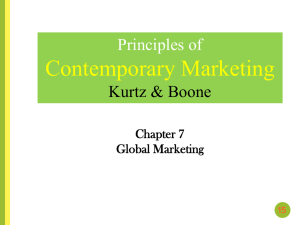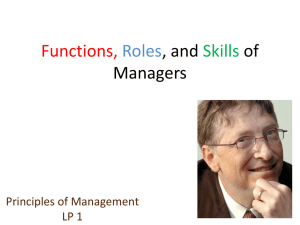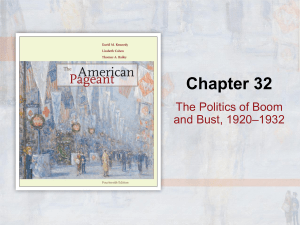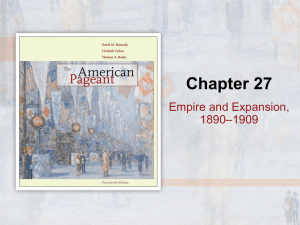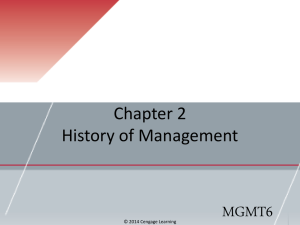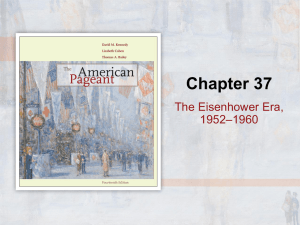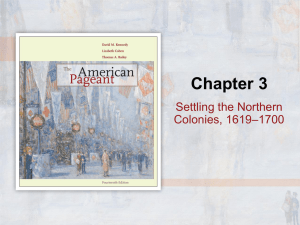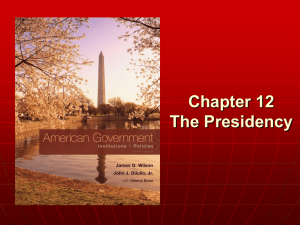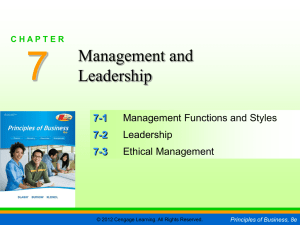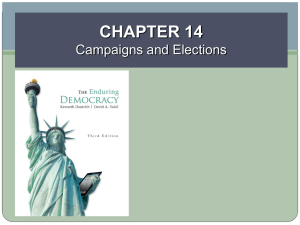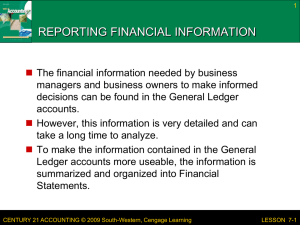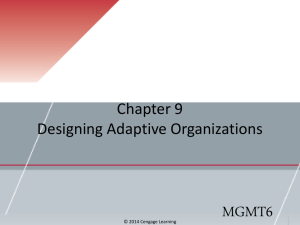Political Parties Quest Review Dec17
advertisement
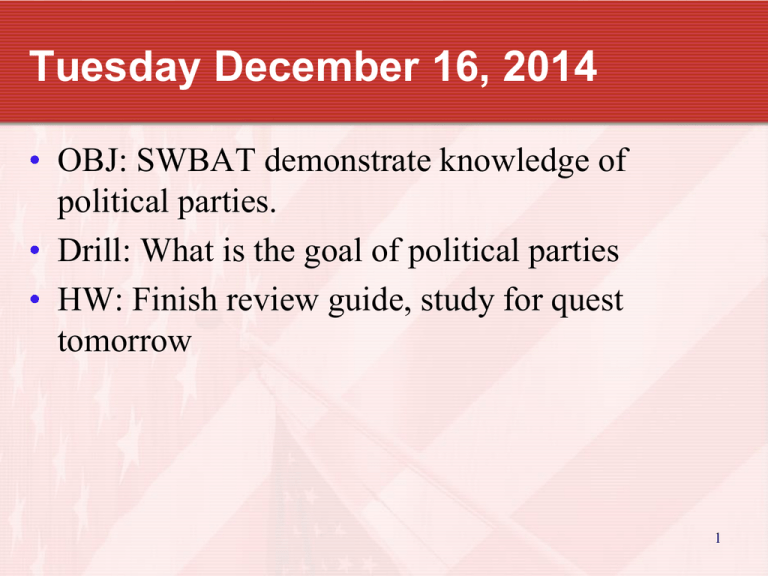
Tuesday December 16, 2014 • OBJ: SWBAT demonstrate knowledge of political parties. • Drill: What is the goal of political parties • HW: Finish review guide, study for quest tomorrow 1 Answer • To get their candidates elected Copyright 2011 Cengage Learning 2 What Is a Political Party? • A group of political activists who organize to win elections, to operate the government, and to determine public policy. • How are parties different from interest groups? Ralph E. Becker Collection /Smithsonian Institution Copyright 2011 Cengage Learning 3 Political Parties vs. Interest Groups Political Parties Interest Groups • Run government • Select candidates • Multiple issues (party platform) • Influence government • Support candidates • Often a single issue Copyright 2011 Cengage Learning 4 The Three Components of Political Parties Copyright 2011 Cengage Learning 5 Functions of Political Parties • Recruit candidates to run for elective offices at all levels of government • Mobilize citizens to vote and participate in elections • Bear the responsibility of operating government at all levels • Provide organized opposition to the party in power Copyright 2011 Cengage Learning 6 Where the Voters Are Copyright 2011 Cengage Learning 7 History of Political Parties • The Formative Years: Federalists/Anti-Federalists (1789-1816) • The Era of Good Feelings (1816-1828) • National Two-Party Rule: Whigs and Democrats (1828-1860) Copyright 2011 Cengage Learning © The Granger Collection, New York 8 The Golden Age of Parties • The Civil War Crisis • The Post-Civil War Period (1865-1896) • “Rum, Romanism, and Rebellion” • The Triumph of the Republicans Copyright 2011 Cengage Learning Courtesy of Smithsonian Institute, neg #98-4290 9 History of Political Parties • The Progressive Interlude (1896-1932) • The New Deal Era (1932-1968) • An Era of Divided Government (modern period) • After 1968, the general pattern was often a Republican president and a Democratic Congress • 2000 Presidential Election (Red vs. Blue States) Copyright 2011 Cengage Learning • Parties in relative balance 10 Election 1896 Copyright 2011 Cengage Learning 11 Election 2004 Copyright 2011 Cengage Learning 12 Election 2008 Copyright 2011 Cengage Learning 13 The Two Major Parties Today • The parties’ core constituents • Economic beliefs • Recent economic convergence? • Cultural politics • Democrats have the reputation of supporting the less-well-off, Republicans the prosperous • Regional factors Copyright 2011 Cengage Learning 14 Copyright 2011 Cengage Learning 15 Income and Party Identification Copyright 2011 Cengage Learning 16 Republican and Democratic Issues Copyright 2011 Cengage Learning 17 The Three Faces of a Party 1. The people who identify with the party or who regularly vote for the candidates of the party in general elections Copyright 2011 Cengage Learning 18 Three Faces of a Party (cont) 2. Party Organization • National • • • • • Convention delegates National Committee National Chairperson State party organization Local (grassroots) organization • Patronage and city machines • Local party organizations Copyright 2011 Cengage Learning 19 2008 National Conventions Copyright 2011 Cengage Learning 20 Three Faces of a Party (cont) 3. The Party in Government • Divided Government • The Limits of Party Unity • Party Polarization © Andy Levin/Photo Researchers, Inc. Copyright 2011 Cengage Learning 21 Ethnic Politics and the Campaign for the White House This report discusses the importance of the Hispanic vote during the 2008 presidential election. Airdate: 7/13/2008 Click the icon to open the movie Video Supplied by Motion Gallery Video Questions 1. What concerns might Hispanic voters have that other voting blocks do not share? 2. Why is there a historic rivalry between Hispanics and blacks in some states? 3. What was Bush’s appeal to Hispanic voters in the 2004 election? 4. Which party is most likely to appeal to Hispanic voters in the next election? Copyright 2011 Cengage Learning Why Has the Two Party System Endured? • Duality • Political socialization and practical considerations • The Winner-Take-All Electoral System • Presidential Voting • Popular Election of the Governors and President • Proportional Representation • State and Federal Laws Favor the Two Parties • Ruling parties work to remain in control • No party organization to join as independents 24 Copyright 2011 Cengage Learning The Role of Minor Parties in U.S. Politics • Ideological Third Parties • Green Party • Splinter Parties • The Impact of Minor Parties • Influencing the Major Parties • Affecting the Outcome of an Election • Spoiler in 2000 Elections? Copyright 2011 Cengage Learning 25 Policies of Selected American Third Parties Since 1864 Copyright 2011 Cengage Learning 26 Mechanisms of Political Change • Realignment (occurs about every 32-36 years) • Civil War era • 1890s • Great Depression • Nixon’s victory in 1972 seemed to be a realignment, but Watergate changed this 27 Mechanisms of Political Change (cont) • Minor realignments • 1980s conservative movement • • • • Shift of white southerners to Republican party Northern blue-collar workers to Republican party Many professionals turn to Democratic party Religious cleavage • Makes Republican party more conservative, Democrats more liberal: but neither party dominates Copyright 2011 Cengage Learning 28 Mechanisms of Political Change (cont) • Dealignment: A major drop-off in support for the parties. • Independent Voters • Not-So-Independent Voters • Tipping (demographically-based change) • Often due to immigration Copyright 2011 Cengage Learning 29 Party Identification: 1937–Present Copyright 2011 Cengage Learning 30 A New Direction in 2008 • 2008 Elections bring change • Democrats regain political momentum • Control White House AND Congress • Obama wins five key Republican states • Growing political divide between Democratic and Republican agendas • Political Maneuvering = Less Responsive Government • 2010 Elections indicate a new direction? Copyright 2011 Cengage Learning 31 Questions for Critical Thinking 1. Do democratic governments need political parties? If a democratic government has political parties, will the structure always be a two-party system? 2. What factors impact how many political parties will exist? 3. Is party identification a major factor for voters in presidential elections? 4. Do political parties make government more responsive? Copyright 2011 Cengage Learning 32 Questions for Critical Thinking 5. Why is it difficult for independent candidates or minor party candidates to get elected to Congress? 6. What inferences can be made about the voting population through the closely divided elections of 2000 and 2004? 7. Between 2008 and 2010, how did the interests and mood of voters change? Copyright 2011 Cengage Learning 33 Web Links • • • • • • The White House GOP.com The Democratic Party National Republican Senatorial Committee Democratic Senatorial Campaign Committee The National Republican Congressional Committee Copyright 2011 Cengage Learning 34 Web Links • • • • • Democratic Congressional Campaign Committee GOP.gov Townhall.com National Political Index The Greens/Green Party USA Copyright 2011 Cengage Learning 35
